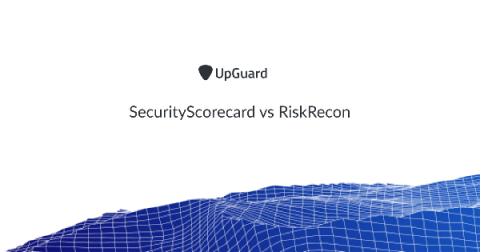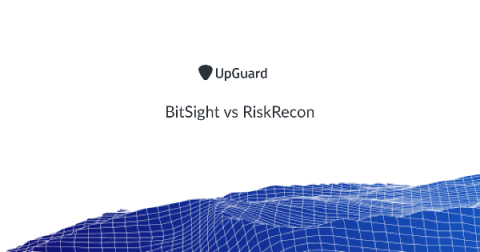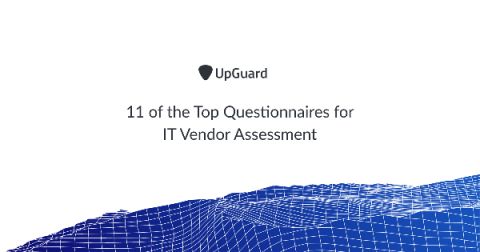COVID-19: Response and Preparedness through the lens of Risk Management
The old adage warns “An ounce of prevention is worth a pound of cure.” The saying becomes even more pointed for threats that, unfortunately, do not yet have a cure. But the lessons of risk management offer a path forward, where prevention takes the form of avoiding, mitigating or reducing risks. As people and organizations confront COVID-19, the novel threat has inspired an array of new strategies to combat the pandemic.






